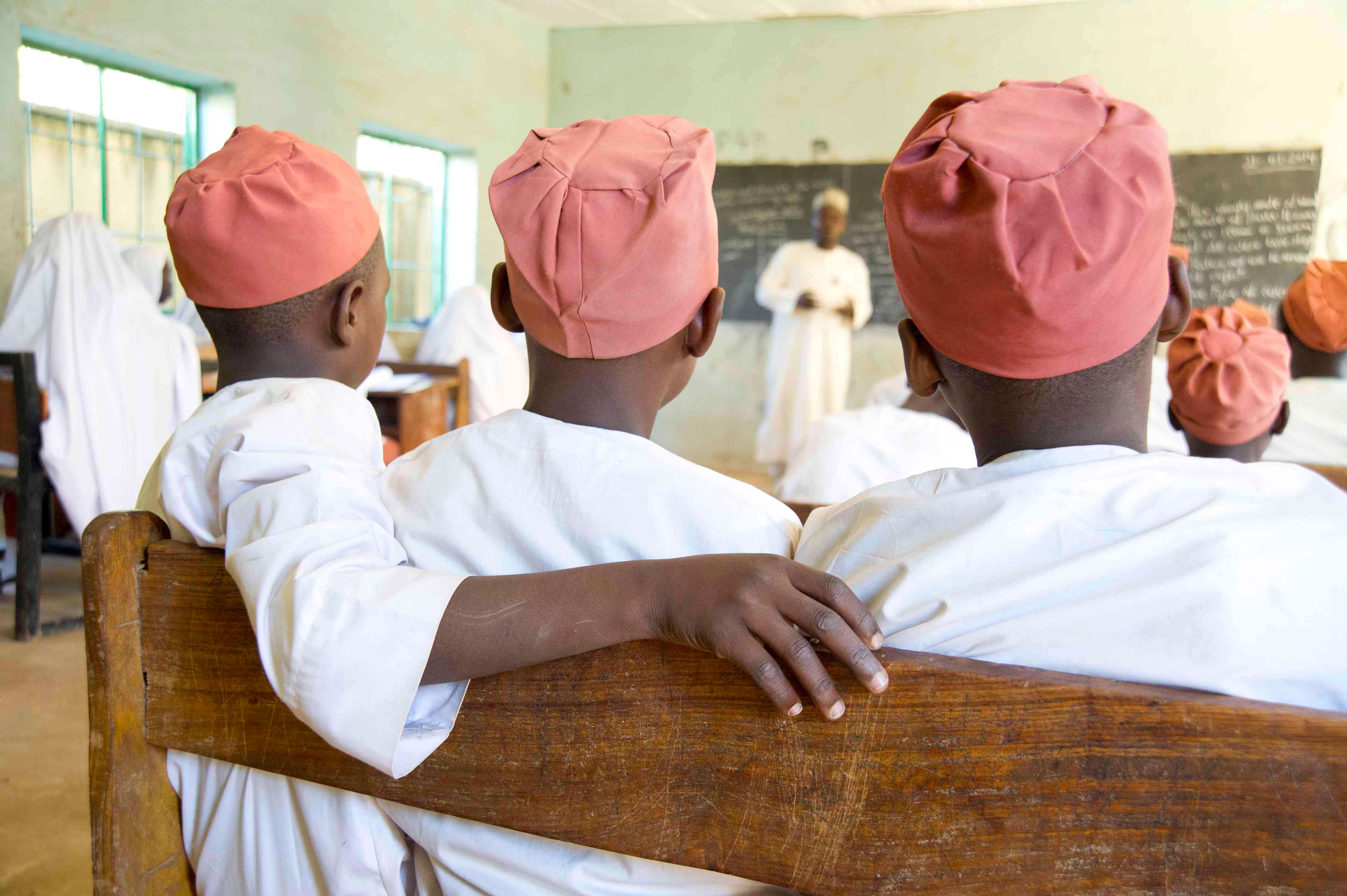A significant number of children across the developing world do not have access to basic education. Unfortunately, many children in these countries drop out prematurely due to poverty, social marginalization and, at times, poor quality education, according to UNESCO.
Essential social or economic obligations also prevent children from spending a major part of the day at school. Other circumstances, such as conflict and post-conflict situations, and natural calamities (such as typhoons, floods, earthquakes, etc.) also pose temporary and long term challenges to meeting targets that different countries set for themselves to universalize basic education.
With students facing problems with access to education, it is hard to understand why alternative programs—such as community schools, mobile schools, Qur’anic schools etc.—are not recognized at all as centers of learning by many governments, let alone be supported.
Several developing countries across different continents have made a commitment to achieve Education For All in the 1990 Jomtien Conference. Notwithstanding this declaration, the “conventional” system of educational delivery was not found to be the solution towards providing access to basic education. This conventional system is characterized by the following: A residential and day-time provision; age-graded enrolments; teacher-delivered standard national curricula; six-year cycle; and its almost exclusive focus on urban- and future-oriented knowledge and cognitive competencies.
Since the Jomtien Conference, there has been a growing realization that alternative forms of learning outside the conventional education and training must be explored in order to reach as many children as possible.
Nigeria presents a fascinating example of both the challenges and opportunities regarding access to education.
Home to 177 million people, nearly half the country’s population is aged 14 and younger. Unfortunately, an estimated 33 percent of primary school-age children are not in classrooms, according to UNESCO. The national literacy was estimated at 57 percent in 2004 and some 49 percent of the teaching force was unqualified, according to the National Planning Commission.
Although Nigeria registered some positive developments in providing education, the country still struggles with low enrollment rates among school-age children, dilapidated infrastructure, insufficient basic instructional materials, too many unqualified teachers, weak decision-making channels and a poor relationship between parents and schools.
There are structural challenges confronting Nigeria. Decades of military rule, coupled with a patronage-based political system, have undermined Nigerian governance structures, resulting in flawed democratic processes with a lack of accountability and limited capacity at all levels of government.
Despite Nigeria’s resource wealth, poverty (percent of population living on less than $2 a day) is estimated at 84 percent. The Nigerian National Economic Empowerment and Development Strategy attributes this state of affairs to poverty and inequality, a weak public sector, poor economic management and a hostile environment for private sector growth.
Nigeria cannot afford but to diversify its educational delivery system if it is at all to meet the basic education needs of its children.

Creative Associates International, with support from the U.S. Agency for International Development, partnered with two state governments to test these alternate models to reach more children with basic education. After four years, the results have been impressive.
In the states of Bauchi and Sokoto, Creative piloted literacy and math classes in Qur’anic schools, which traditionally focused on memorizing passages from the Holy book. The outcomes resulted in over 1876 retrained teachers, in addition to 220 members of parent-teacher and governance organizations who also received training. 16,000 orphans and vulnerable children were provided access to services ranging from education to nutrition and health.
In those two northern states, the pilot project also promoted education for adolescent girls through the creation of specialized learning centers that promoted vocational and basic education. Enrollment among adolescent girls rose by 38 percent.
Simultaneously, the project engaged communities, schools and policymakers in the rigorous effort of identifying system weaknesses and developing their own strategies to improve the institutions. Although not as glamorous as opening new classrooms or celebrating the graduation of a new generation of students, these institutional activities set the foundation for sustainable education.
As we learned in Nigeria, through diversification we can promote and recognize multiple diverse learning needs, multiple arrangements and technologies for “creating learning experiences” and a system-wide framework for accreditation of learning outcomes.
This concept underscores the need to determine which modes of provision can best satisfy particular needs, as well as how the integrated variety of educational provision can be managed. This method of diversification calls for different delivery approaches—such as a flexible timetable, multiple shifts, local teachers (qualified and semi-skilled), multi-grade classes and more. The strategy also engages the private sector, religious organizations, civic society organizations and individuals to partner for education.
Thus, to take each aspect into full consideration, the most effective approach necessitates the use of regular programs and Accelerated Learning Programs. It entails the development of curricular content relevant or responsive to the needs of the beneficiaries while rigorously maintaining standards. It calls for integrating core subjects into the thousands of operational Qur’anic schools’ curriculum. And finally, it presupposes mainstreaming children coming from these schools into the regular education system.
In Nigeria, traditional and religious institutions are more appropriate for agricultural-based, rural communities. The timetable is extremely flexible and allows for each parent to send their child to school at the most convenient period for both the parent and the child. Each child progresses at their own pace and can enroll in the schools at any time of the year, providing it is in session.
The other advantage is that these schools do not charge fees, do not enforce uniforms and do not require transport money. Above all, these schools do not alienate children from their traditional occupations.
Therefore, it is imperative that governments look into all options in view to meet the Millennium Development Goal number 2, which is Achieve Universal Primary Education. There is no other solution but to diversify and to look beyond the four-wall classroom setting.
Semere Solomon is an education expert and Senior Associate in Creative Associates International’s Education Division.
